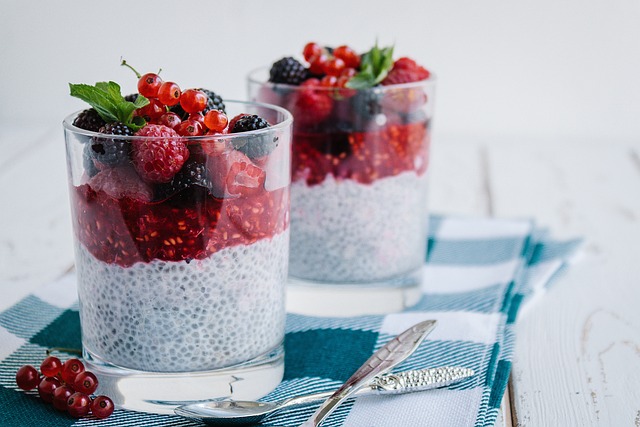Introduction
As a bird owner, providing a balanced diet for your feathered friend is essential for maintaining their overall health and well-being. A balanced diet ensures that your bird receives all the necessary nutrients to thrive, from protein-rich foods to fruits and vegetables. In this article, we will discuss the key elements of creating a balanced diet for birds, including the types of food to include, how often to feed, and tips for mixing and preparing meals.
A well-planned diet is crucial for maintaining your bird’s optimal health. A balanced diet helps prevent nutritional deficiencies, supports healthy weight management, and boosts your bird’s overall quality of life. In this article, we will explore the different aspects of creating a balanced diet for birds and provide you with the knowledge and resources needed to make informed decisions about your feathered friend’s nutrition.
A balanced diet for birds typically includes a variety of foods from different food groups, including protein sources, fruits, vegetables, grains, and treats. Here are some key points to consider when creating a balanced diet for your bird:
Step 1: Choose the Right Food
When it comes to choosing the right food for your bird, there are several options available, including commercial pellets, fresh fruits and vegetables, and live insects. Here are some factors to consider when selecting a food source:
* Commercial Pellets: These are convenient, nutritious, and affordable options that provide all the necessary nutrients for optimal health.
* Fresh Fruits and Vegetables: Fresh fruits and vegetables provide essential vitamins, minerals, and antioxidants that support overall health and well-being. However, they should be consumed in moderation due to their high water content.
* Live Insects: Live insects provide a natural source of protein and are an excellent option for birds that require a varied diet.
Step 2: Consider Your Bird’s Age and Health Status
The age and health status of your bird play a significant role in determining their dietary needs. For example:
* Birds Under One Year Old: Young birds have specific nutritional requirements that are different from those of adult birds.
* Senior Birds: Senior birds may require a softer, easier-to-digest food due to age-related health issues.
Step 3: Plan Your Bird’s Diet
Planning your bird’s diet involves considering their individual nutritional needs and creating a meal plan that meets those needs. Here are some tips for planning your bird’s diet:
* Rotate Foods: Rotate foods regularly to ensure that your bird receives a varied diet.
* Provide Fresh Water: Ensure that fresh water is always available for your bird at all times.
Step 4: Prepare Meals and Treats
Preparing meals and treats can be an exciting way to engage with your bird. Here are some tips for preparing meals and treats:
* Fresh Fruits and Vegetables: Chop fresh fruits and vegetables into bite-sized pieces and serve as a treat or mix with pellets.
* Live Insects: Feed live insects as a protein source.
Step 5: Offer Treats and Snacks
Treats and snacks can provide essential nutrients and mental stimulation for your bird. Here are some tips for offering treats and snacks:
* Fresh Fruits and Vegetables
* Live Insects
Conclusion
Creating a balanced diet for birds requires careful consideration of their nutritional needs, age, and health status. By choosing the right food sources, planning your bird’s diet, preparing meals and treats, and offering regular snacks, you can provide your feathered friend with the nutrition they need to thrive.
Final Tips
* Always Consult a Veterinarian: If unsure about any aspect of your bird’s diet, consult a veterinarian for personalized advice.
* Monitor Your Bird’s Health: Keep an eye on your bird’s health and adjust their diet accordingly to ensure optimal well-being.
Tags:
* #BirdNutrition
* #BalancedDiet
* #AvianHealth
* #PetCareTips
* #FeatheredFriends

